Hot shower versus a cold shower? Should I apply ice or heat pads? Is sauna better than cryotherapy? What does cryotherapy even mean?
It is safe to assume that we all have been in a situation unsure of when to use cold versus heat therapy. For years, this has been a hot topic for scientists and many cool benefits have been discovered regarding the use of cold and heat therapy to relieve musculoskeletal pain and aid with recovery.
Pain due to a musculoskeletal injury is a common health problem that can be acute or chronic in nature. Although it’s a prevalent health problem, it is often undertreated which could lead to long term consequences such as chronic pain.

Therefore, it is important to seek treatments that aim to reduce pain and swelling, if any, while also aid in recovery. Heat and cold therapy are both easy to use non-pharmacological treatments for the management of acute pain, however, in some cases, one is deemed better than the other. People often hear the benefits of both treatments; however, many are still unsure of which treatment to apply and how it helps relieve pain.
So here is what you need to know about how cold and heat therapy relieve pain and when to use and not use each treatment.
Cold therapy
Cold therapy is also known as cryotherapy, which is exposing the body to low temperatures for several minutes. This can be done in various ways such as using ice packs or opting for ice baths or cold plunges. Recently spas have been offering whole-body cryotherapy sessions, which exposes your entire body excluding the head to extremely cold air. This has been a growing trend and used commonly by celebrities and athletes. However, it is important to note that the use of whole-body cryotherapy has not been approved by the FDA or any other government agencies.
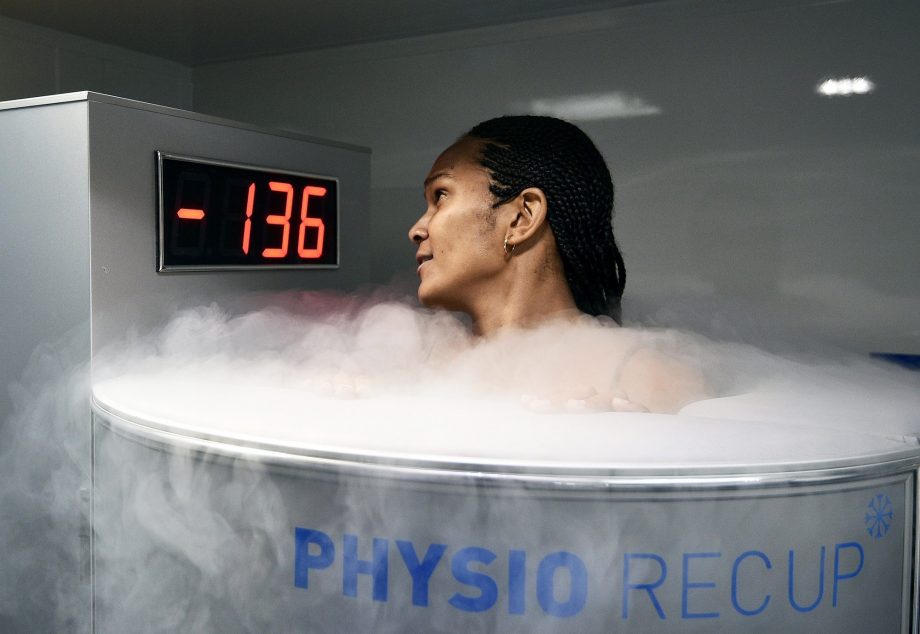
So now you may be wondering when should you apply cold therapy and how does it work?
As a rule, it is recommended to apply a cold source to acute musculoskeletal injuries such as ankle sprain or muscle pull for a few minutes as an immediate treatment (within 24 hours) to reduce inflammation and relieve pain. The way it works, ice reduces blood flow to the affected area which will reduce inflammation as well as swelling.
Swelling stimulates pain receptors known as nociceptors within the muscle’s connective tissue and results in muscle pain. Therefore, when you apply ice or a cold pack, the swelling will go down and pain will slowly diminish. However, studies have shown that cold therapy is only effective when applied almost immediately after injury and the benefit will diminish over time.
The duration and frequency of cold therapy vary, however, a recent study has shown that intermittent therapy protocol of 10 minutes ice, 10 minutes room temperature then 10 minutes of ice every 2 hours is significantly more effective at reducing pain (the study examined ankle pain) than a standard cold therapy protocol of 20 minutes of continuous icing.
Someone can’t talk about cold therapy and not mention Wim Hof, also known as the iceman. Wim Hof is a Dutch athlete known for his ability to withstand freezing temperatures. He designed a training program called the Wim Hof Method which is built on breathing, cold therapy, and commitment.
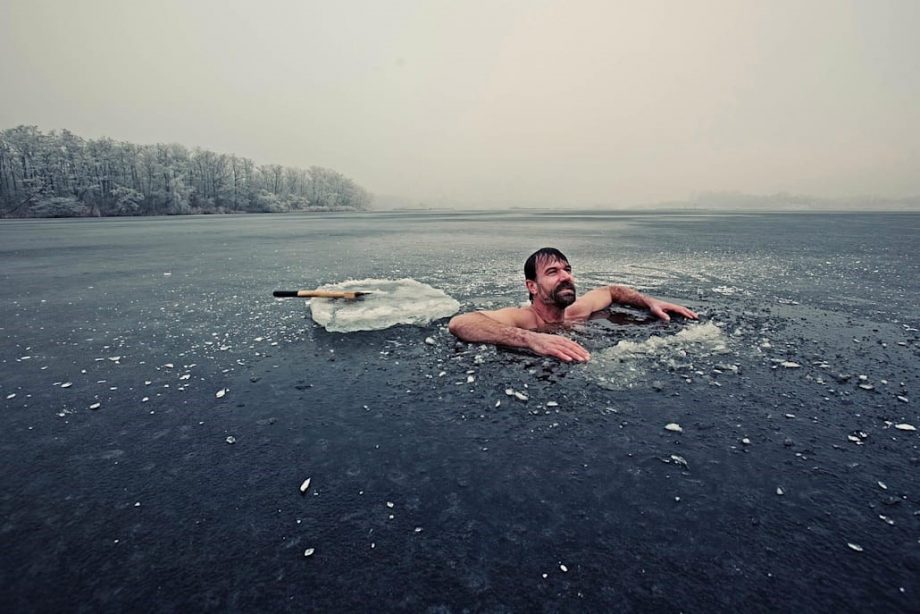
Cold is an important pillar of the Wim Hof Method due to the many health benefits it serves such as reducing inflammation, swelling, and muscle pain. Studies have shown strong evidence that ice baths, cold plunges, and ending your daily shower with cold water aid in physical recovery and strengthen our immune system. Exposure to cold conditions causes our blood vessels to constrict then open back up when the body warms up, which will help eliminate waste from our body and aid in physical recovery.
There is also strong evidence that the Wim Hof Method can boost our immune system. A study injected a group of people with a pathogen and monitored for symptoms. Those who followed the Wim Hof Method showed fewer symptoms in comparison to the control group proving that cold therapy can strengthen our immune response to pathogens.
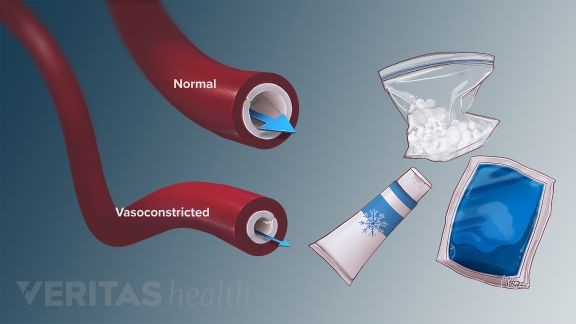
Although cold therapy has many benefits, It is important to note that cold therapy should be used with caution in patients with mental impairment, poor sensation, or with poor circulation, such as those who are diabetic or suffer from Raynaud disease since they already have reduced blood flow. It is also not recommended to use cold therapy on stiff muscles or joints since it’s believed to worsen the pain.
Heat Therapy
Alright, it is getting too cold here, let’s turn up the heat and talk about heat therapy also known as thermotherapy. Heat therapy is the application of heat to the body using things like heat pads, hot water bottles, hot baths, hot towels and even sauna. Unlike cold therapy, heat therapy stimulates blood flow.
When heat is applied, it increases the temperature of the afflicted area and causes blood vessels to dilate, which will improve blood circulation. Increasing blood flow to the affected area will increase the supply of essential components that will help promote healing and aid with recovery such as oxygen, nutrients, and antibodies.
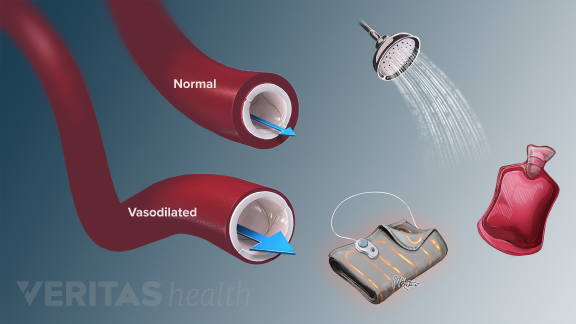
As a rule, heat therapy is recommended after the first 48 hours of when swelling and inflammation subsides after a muscle injury. Also, studies have shown that thermotherapy is effective at relieving acute lower back pain, muscle stiffness, and delayed onset muscle soreness (DOMS), which typically occurs 24-48 hours after an intense workout session. The duration and frequency of heat therapy applications vary, however, a recent study has recommended heat to be applied for 20-30 minutes every 2-4 hours, as needed.
However, it’s important to note that heat should not be applied on an open wound, inflamed skin or if you have dermatitis. It is also important to avoid using heat for an extended period or sleeping with a heating treatment to prevent burns and skin irritation. To avoid burns from the use of heat therapy products, it is highly recommended to wrap hot water bottles and heat packs with a towel to minimize direct contact with skin.
Heat therapy vs. cold therapy
Still unsure when to use each treatment?
Let me give you an example of when each treatment is deemed appropriate. Imagine you were jogging outside peacefully until you slipped on a banana peel that someone who is not genuinely nice left on the sidewalk. Now you are left with a sprained ankle, a bit swollen but there are no other serious injuries. In this case, applying an ice pack on your ankle is deemed appropriate to reduce the swelling and relief pain.
On the contrary, let’s assume you woke up with a stiff neck unable to move your head comfortably making routine activities difficult to accomplish. In this case, applying a hot towel on your neck will relax the muscle and improve blood circulation which will help supply the affected area with oxygen and nutrients to aid with recovery.
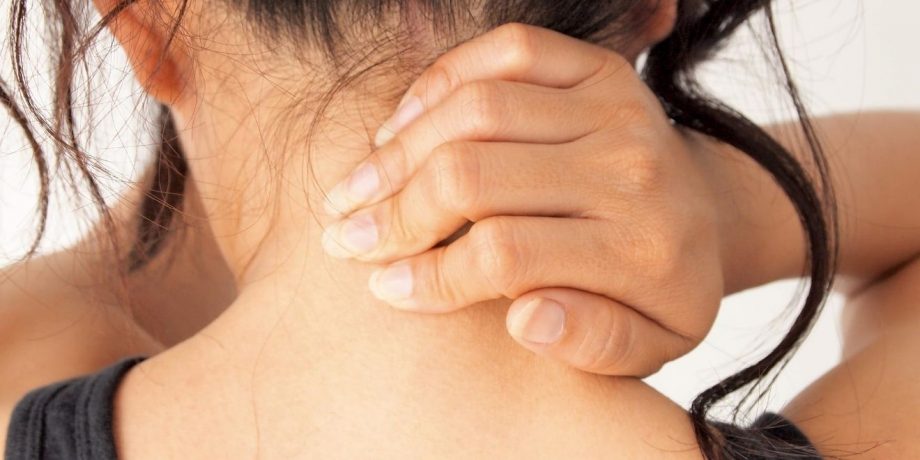
In this blog, I tried to touch on the benefits of cold and heat therapy, and when each can be applied. However, it is important to note that there is no universally accepted guideline of when each treatment must be used, therefore, treatment decisions must be made on an individual basis because no treatment fits all.
This information is for educational purposes only and is not intended as a substitute for medical advice from a healthcare professional. Please consult your healthcare professional to discuss your condition and find the treatment that meets your needs.
Author Bio:
Tahani Dakkak is a second-year pharmacy student at the University of Toronto with a master’s degree in Global Health Management from Western University. She has an unshakeable commitment to leave a positive mark in the world of healthcare and is extremely passionate about educating people to make informed decisions regarding their health as well as their loved ones.



